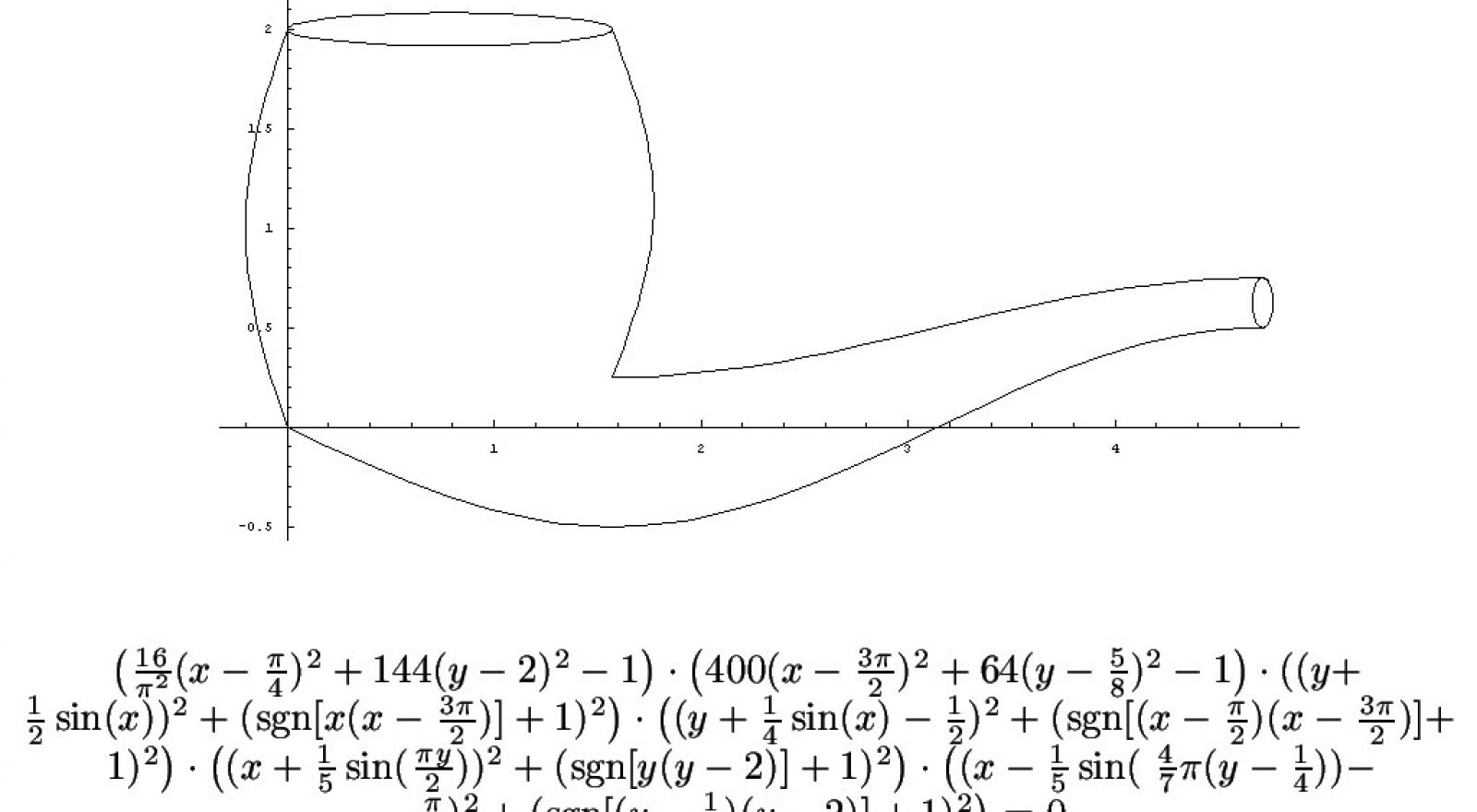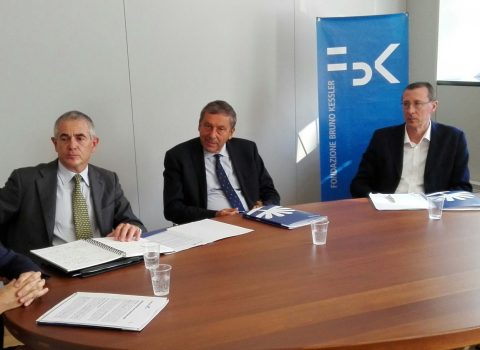Technology innovation either is social innovation or it is no innovation at all
Societing 4.0 aims to experiment and suggest possible forms of future through collaborative processes: new ways in which people, institutions, the production and the research systems reconfigure meanings, symbols and social systems, leveraging the big potential of technology innovation
The Societing 4.0 manifesto suggests a reflection on the role of technology in our society and on the profound nature of innovation processes that impact the solidity of economy and democracy involving the cultural and technical spheres.
Societing 4.0 studies, develops and tests a model that takes inspiration from the historical, geographical and symbolic characteristics of the Mediterranean Sea area. “The Mediterranean model is deeply different from that of Silicon Valley which, while providing great inspiration, is based on the winner-takes-all principle and stands apart from the concept of Industry 4.0, which originated in a socio-economic context of large automated factories in Germany. These models do not seem sustainable for Italy, with its almost 8,000 municipalities – at the center of a new complexity, between Africa, Middle Eastern countries and Europe – in an entrepreneurial context made up, especially in the south, of fragmented small and medium-sized enterprises.”
This model “questions the extractive (resources, environment, energy, communities, data…) models and intends to take a pluralist and post colonial standpoint to read and deal with today’s complexity. It aims at value redistribution rather than extraction for greater diffusion of opportunities. In this perspective, technologies are considered as tools that take on an important role only when they know how to communicate with the contexts in which they are to be applied in order to facilitate change processes, to enable connections between different actors and to facilitate people.”
The principles of the Societing 4.0 action:
1. Orientation towards new forms of the future
Changes and innovation processes are not ends in themselves and cannot be defined in advance, as they result from processes of comparison, exchange and mutual learning. For this reason, the objectives to be achieved are always in “redefinition state” and action is oriented towards the possibility of making room for imaginable, possible, desirable forms of future.
2. Collaboration
We think that change can only be achieved with the participation and the involvement of all the actors present in each (eco) system. This means recognizing the importance of the coexistence of different actors who, with their contribution, allow to recombine knowledge, points of view, languages, with a view to defining more effective solutions to deal with complexity.
3. Research meets action
We strongly feel that it is necessary to bridge the gap between theory and practice, by fostering opportunities to meet, mutual knowledge and exchange. Research and action develop and recombine together, strengthening each other. The interaction between theory and practice requires a transdisciplinary approach, necessary to address the complexity of socio-economic-environmental contexts.
4. Openness to change
Research-action opens up every time to the possibility of new discoveries. Each time it sets off and proceeds without conditioning, so that the issues analyzed can be reformulated. The actions to be taken and their consequences can never be fully defined and known in advance: they come as the result of continuous interactions, exchanges and learning.
5. “Re-learning about” the situation
We believe in being rooted in a real context, whose specific features it is essential to know and recognize. “Research-action”, which uses and produces general thought and knowledge, sets off and addresses specific areas of intervention (be they geographical, thematic, social, …), which have their specific features, that should be understood, analyzed and enhanced. Knowledge processes are functional to defining ideas and solutions whose usefulness and efficacy are proven by facts.
6. Re-creating situations
We use the hijacking of sense (détournement) of preconceived concepts. It is a method that allows us to play with inserting elements, which usually belong to a specific context, within a different context, to create unusual relationships from which new possible meanings, new ideas and new solutions can be derived. In this way, for example, the imagery is built that makes technology innovation communicate with socio-cultural contexts in which tradition prevails: technology can have a function in these contexts and, at the same time, can stop being the symbol of alienation.
7. Qualification for the care of the common good
We work to enable personal and collective thoughts and actions that generate connective, socially oriented, creative and productive behaviors. We support individuals and learning communities capable of positively affecting the conditions and effects of producing, innovating, living together, taking care. Let’s look at the common good.
8. The artisan style
Like artisans, we care about creating a work from which it is possible to constantly obtain necessary and new knowledge, where each phase of the “production process” becomes part of the whole, which must be checked and followed being willing to learn from mistakes, prompted by the continuous possibility of improvement.
9. Connections
We create bridges: in the age of networks, this means connecting cultural institutions and society; inland, rural and metropolitan areas; micro-small and medium-sized enterprises and international corporations; disciplines and methods; institutional research structures and the many grassroots initiatives, the daily experiments that suggest new ways to get out of the failure of the present.
10. Maieutics
We are inspired by the maieutic method to favor, through dialogue, the emergence of ideas and points of view – individual and collective – that exist but struggle to be made explicit. The emergence and sharing of these weak signals, at any rate relevant for those who keep track of them, can have an important function in defining solutions to complex problems. The problem, in fact, can already contain within itself the matrices of its solutions.
Cover photo: (released with “Attribution 2.0 Generic” – CC BY 2.0 license)


